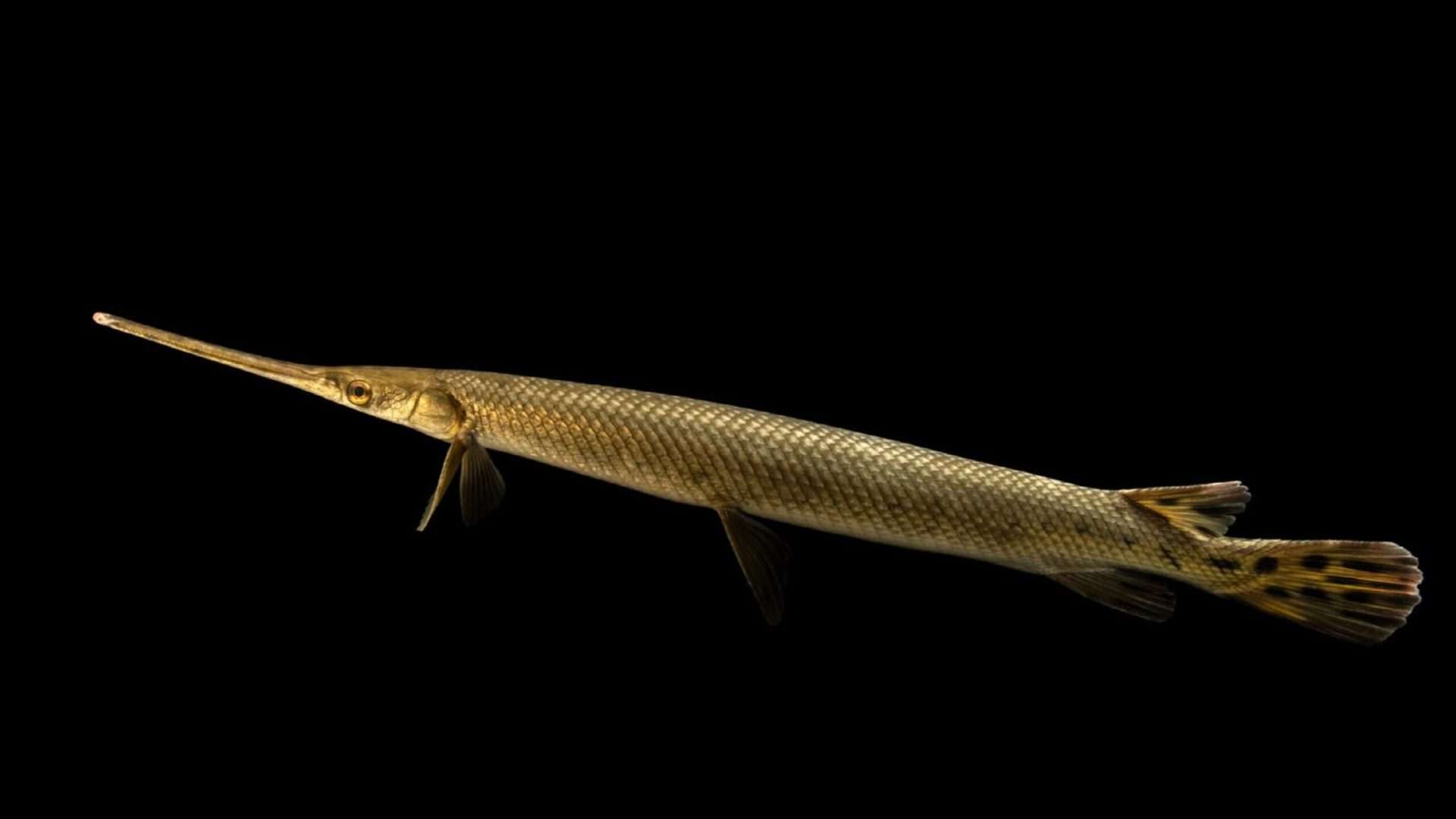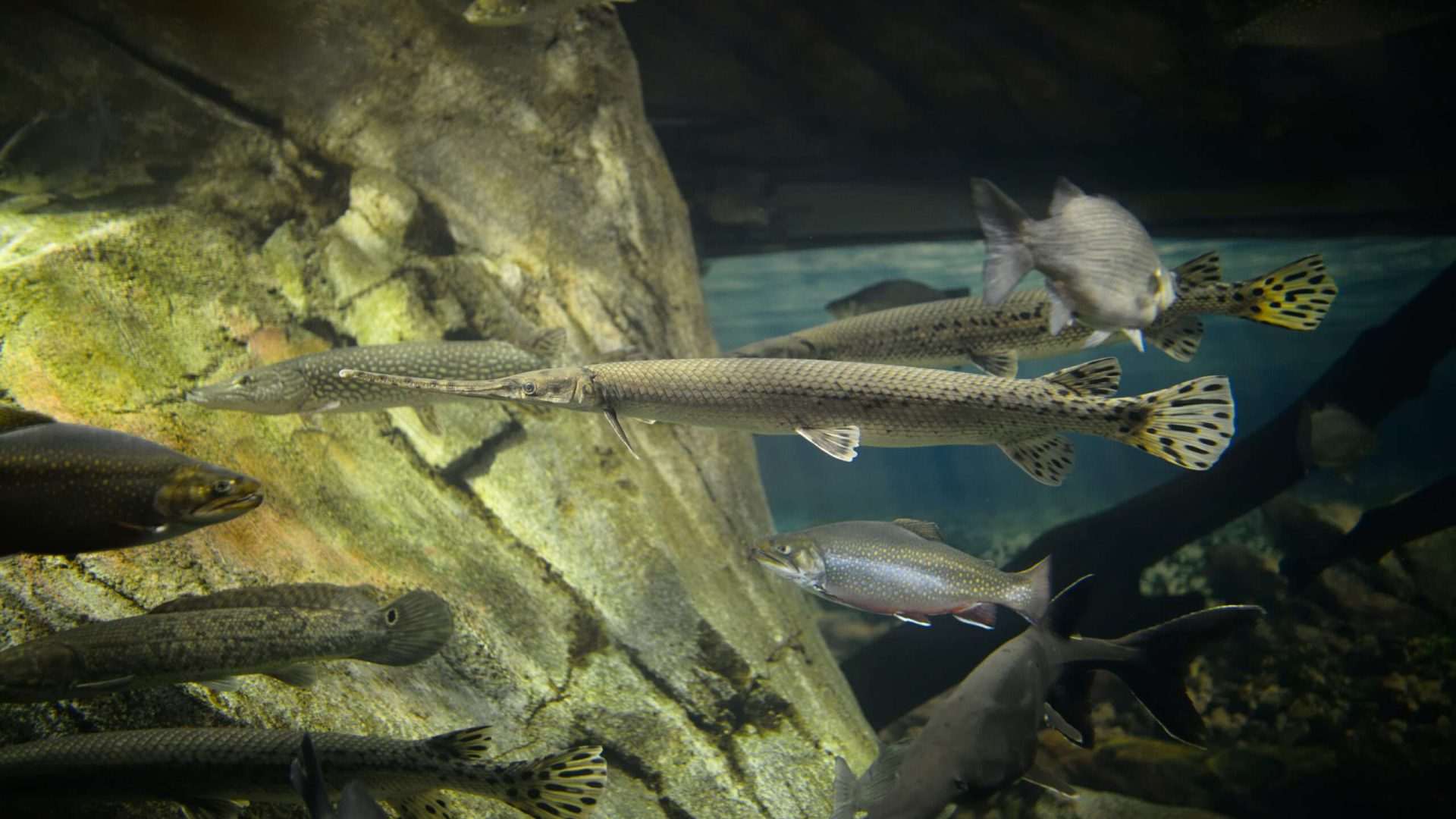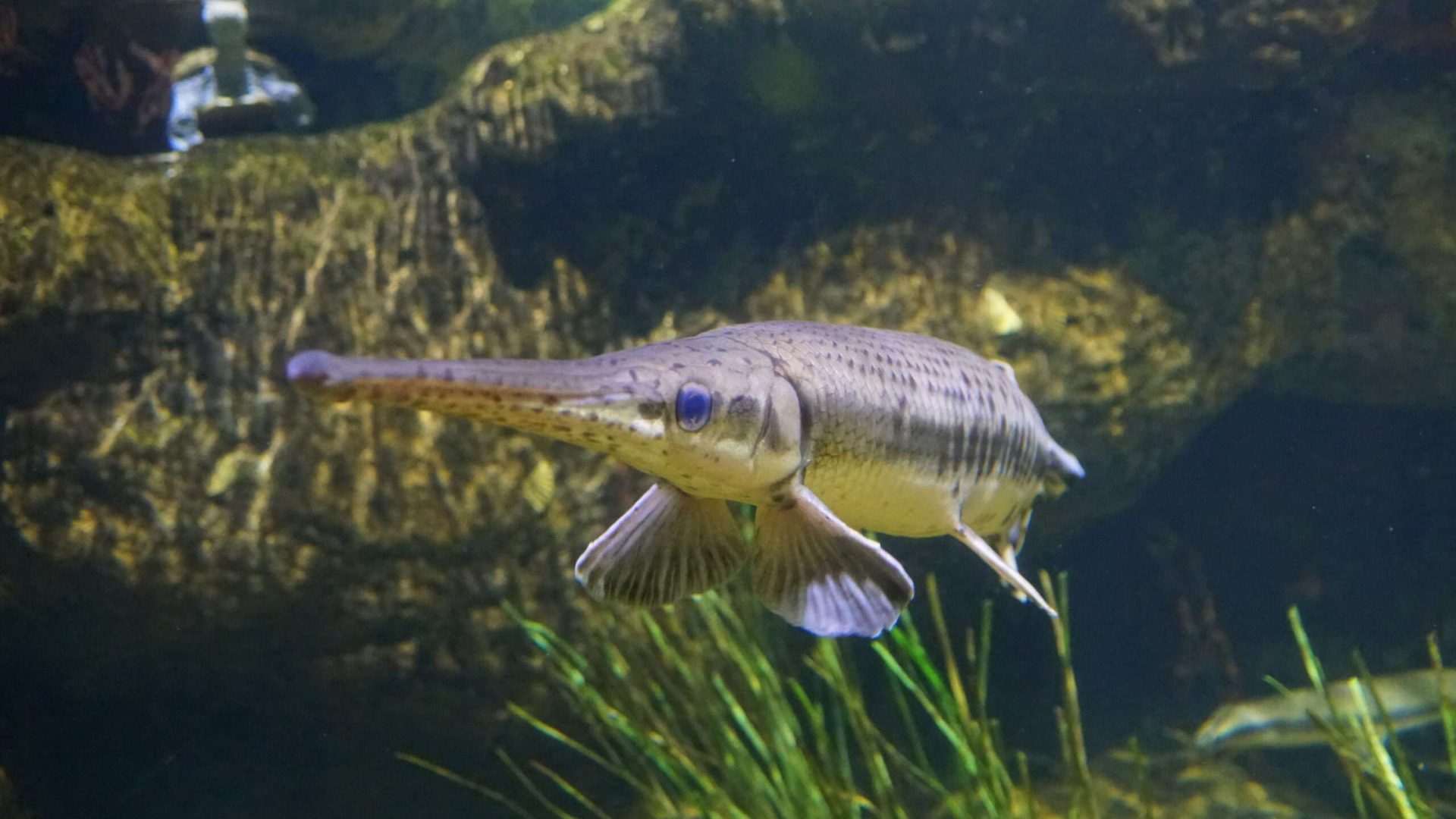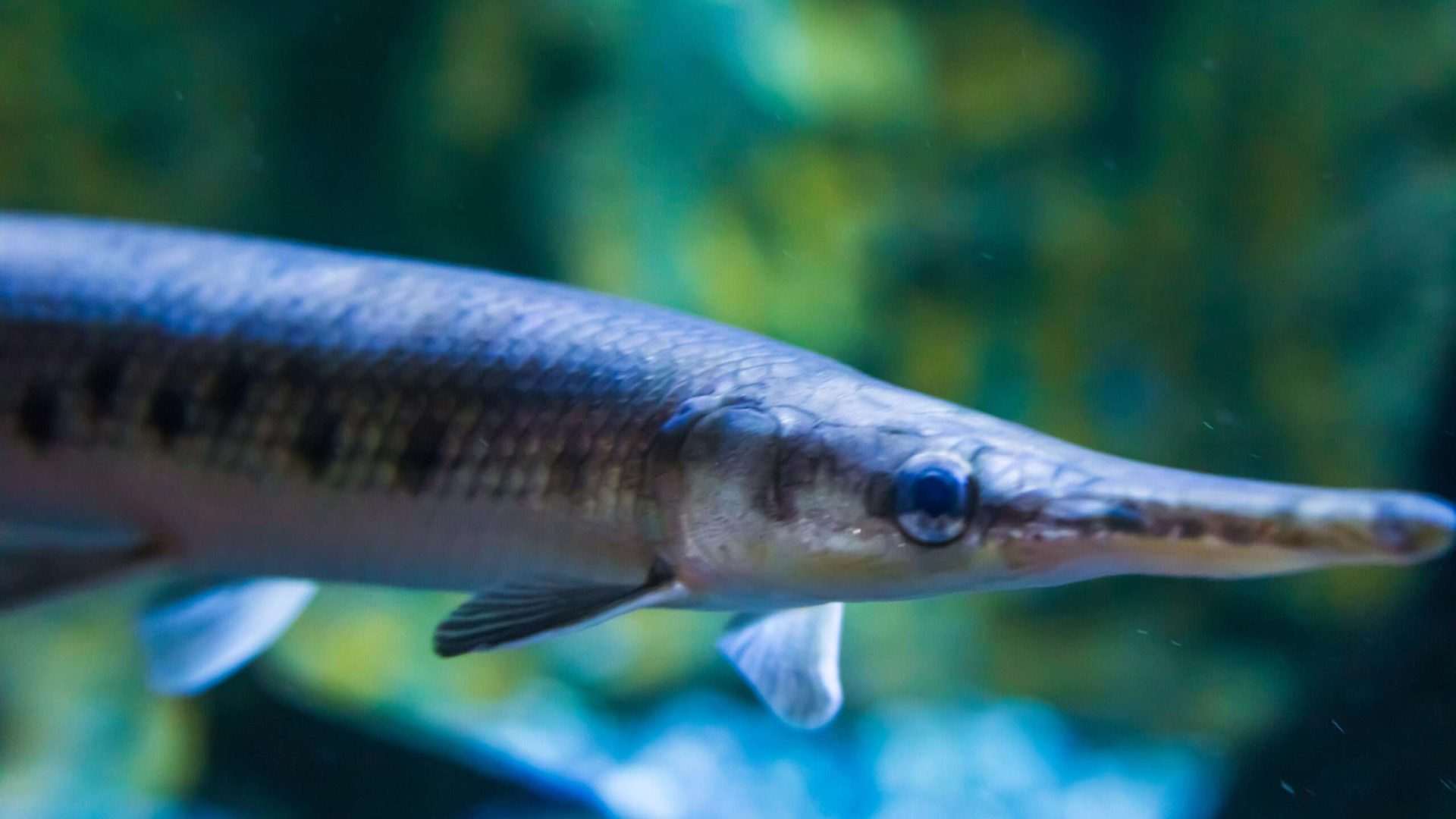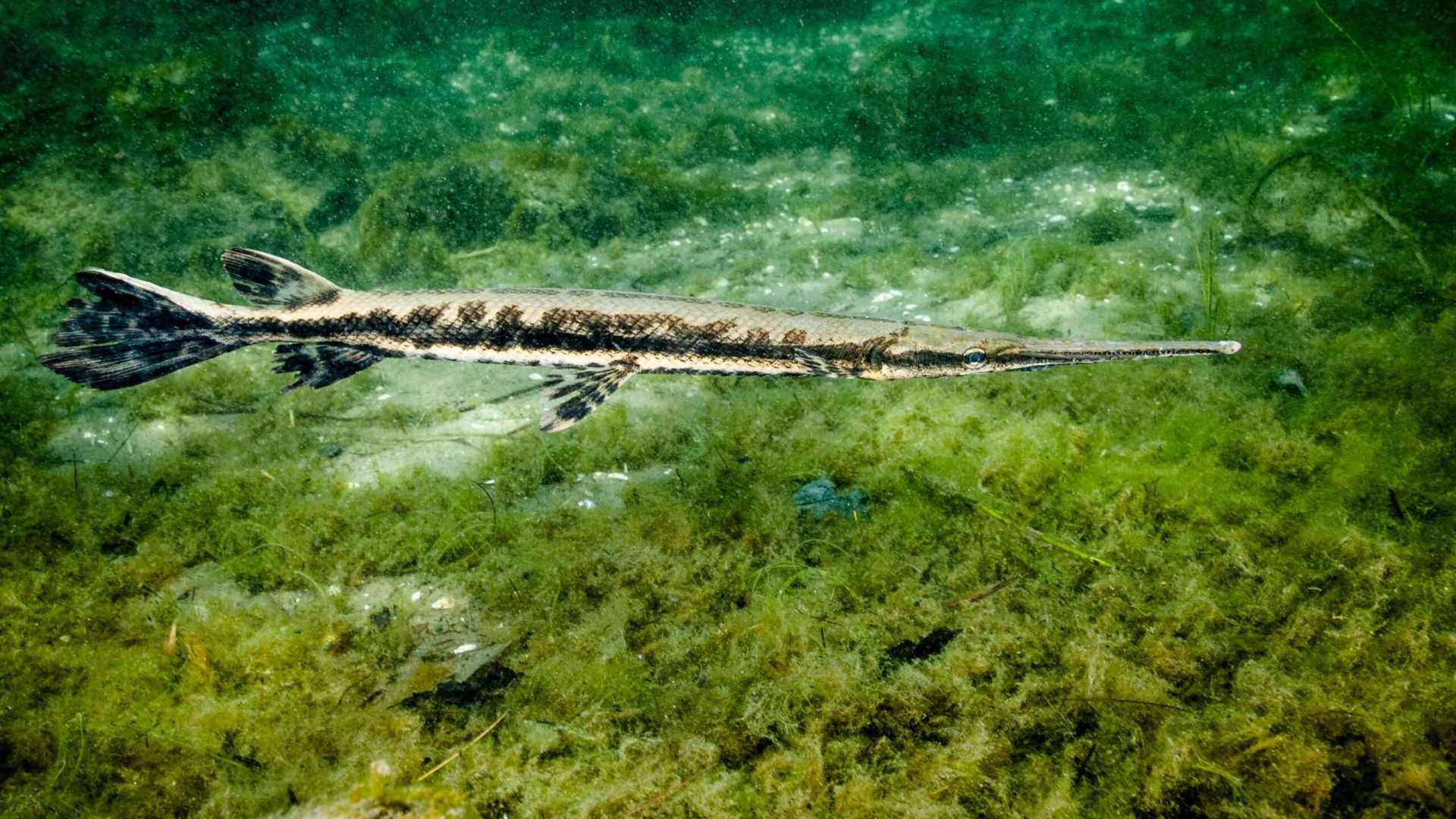Longnose Gar
Scientific Name: Lepisosteus osseus
Toxicity Level
About The Fish
The Longnose Gar (Lepisosteus osseus) is a freshwater fish species that is found in various regions of North America, including parts of Northern Wisconsin and the Upper Peninsula of Michigan.
Two species are native to Wisconsin and Michigan waters: longnose gar and spotted gar. The longnose gar is most common There are numerous gar in the chain of lakes (chain, clear, etc) in Rusk/Chippewa Co.
The Department of Natural Resources would like to remind anglers that spotted gar was removed from the Acceptable Spearing Species List for the 2012-2013 fishing season
Spotted gar are a state-listed species of special concern because of declining populations in the state. The special concern list is produced by the Endangered Species Program of the Michigan Department of Natural Resources.
Longnose gar are more common in the Northern Wisconsin and Upper Michigan, the Spotted gar is in the south part of the states.
Eating Gar:
This species is an edible fish, its flesh isn't as flaky as other fish and doesn't have a fishy flavor. The texture is like that of chicken, and some would say its taste is similar to a gator.
Physical Characteristics:
The Longnose Gar is a long, slender fish with a distinct elongated snout or "gar." It has a cylindrical body covered in ganoid scales, which are thick, diamond-shaped scales that provide protection. The average length of a Longnose Gar is around 3 to 4 feet (0.9 to 1.2 meters), although larger individuals can reach lengths of up to 6 feet (1.8 meters). They have a long, narrow jaw filled with sharp teeth.
Habitat:
Longnose Gars inhabit a variety of freshwater environments, including lakes, rivers, and slow-moving streams, commonly found in all of Michigan's Great Lakes, except not in Lake Superior. They are most commonly found in areas with abundant aquatic vegetation or submerged woody debris. In Northern Wisconsin and the Upper Peninsula of Michigan, they can be found in lakes, large rivers, and backwater areas.
Behavior and Diet:
These fish are primarily ambush predators. They use their excellent camouflage and stealth to lie in wait for their prey, which consists of smaller fish, amphibians, and invertebrates. The Longnose Gar's long, slender body allows it to move through dense vegetation easily. They are known for their ability to breathe air using a specialized swim bladder, which allows them to survive in oxygen-depleted waters.
Reproduction:
During the spring spawning season, female Longnose Gars release their eggs in shallow water areas, usually near submerged vegetation. The eggs are adhesive and stick to vegetation or other structures. Males fertilize the eggs externally. Once hatched, the young Longnose Gars grow relatively quickly.
In terms of conservation, Longnose Gars Currently there is no management of this species being conducted, nor is it federally listed as endangered, although some states have reported it as threatened. They have a wide distribution across North America and are not currently facing significant population declines. However, habitat degradation, pollution, and overfishing can still pose threats to their local populations.
Longnose Gar, one of two Gar fish species in Wisconsin. Typically found near the surface, this predatory fish lies in wait for smaller fish. A prehistoric fish survived for millions of years in this form from the time before the dinosaur. Living in the rivers like the Wisconsin Rive and lakes. The Spotted Gar is the second Gar species and is found in more south in both Michigan and Wisconsin.
Fishing Season
Season:
Northern Wisconsin - Channel Catfish, Flathead Catfish, Cisco, Lake Whitefish, Round Whitefish, Smelt, Sunfishes, White Bass, Yellow Perch & Other Species
All boundary waters Open All Year
All others No size limit No possession limit Open All Year
Consult Net Gear Regulations as Net Gear and some waters are regulated.
Upper Peninsula of Michigan - Channel Catfish, Flathead Catfish, Cisco, Lake Whitefish, Round Whitefish, Smelt, Sunfishes, White Bass, Yellow Perch & Other Species
All boundary waters Open All Year
All others No size limit No possession limit Open All Year
Consult Net Gear Regulations as Net Gear and some waters are regulated.
WI Fishing Hook & Line Record
Wisconsin Record Longnose Gar.
Weight – 21 lbs. 4 oz. Length 52.5 Inches.
Date – 06/14/1990
Location Wisconsin River Richland County.
Outlying waters means Lake Superior, Lake Michigan, Green Bay, Sturgeon Bay, Sawyer’s Harbor and the Fox River from its mouth up to the dam at De Pere.
MI Fishing Hook & Line Record
Michigan Record Longnose Gar.
Weight – 18 lbs. Length 53 Inches.
Date – 1995
Type – Spin-casting Green Rattle Trap
Location Williamsville Lake Livingston County.
Michigan Hook and Line Records for Fishing
DNR Master Angler Michigan.gov Program and Map



